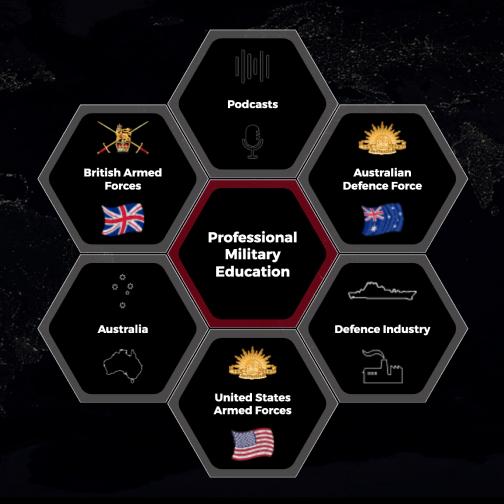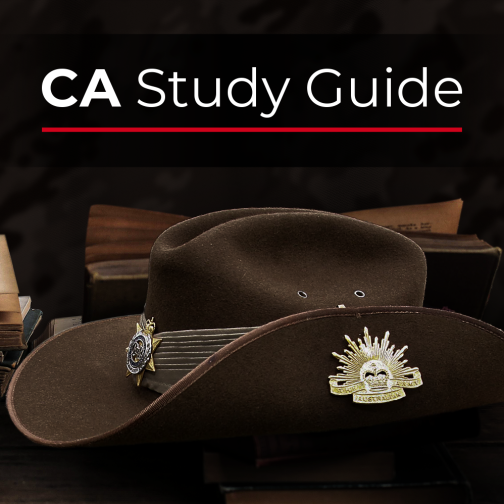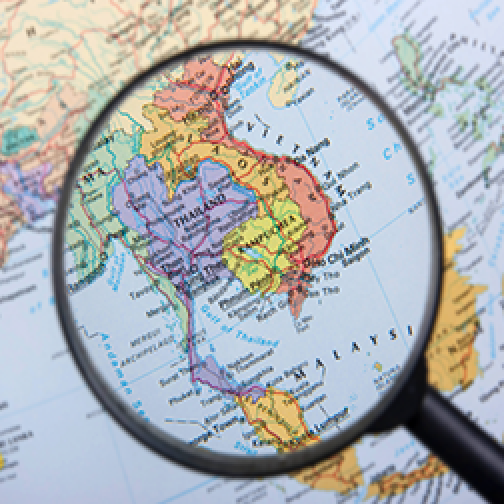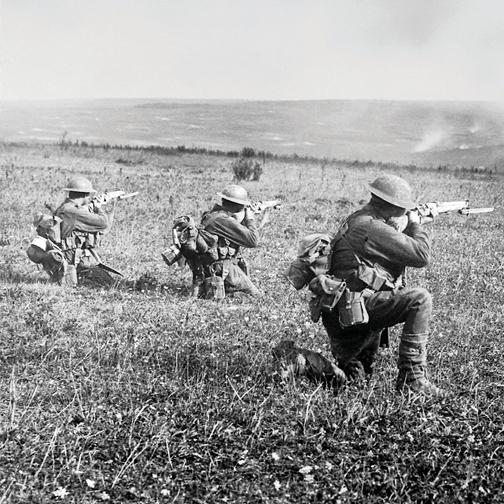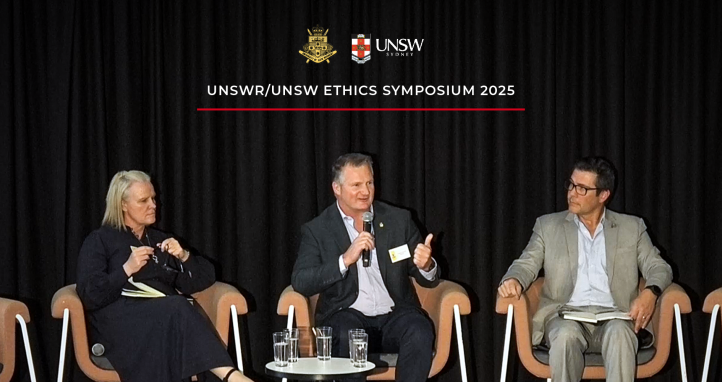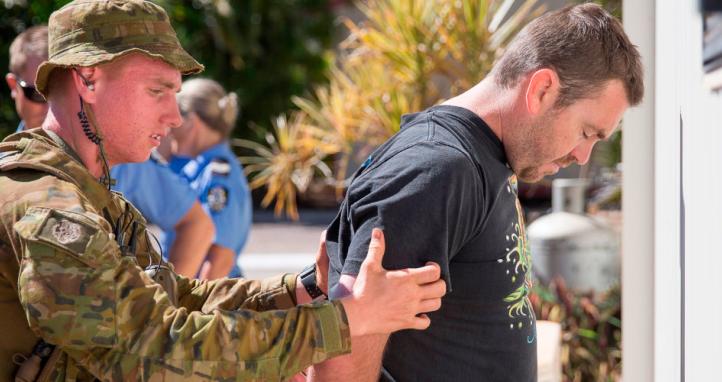Facts and figures
| Total military personnel | 900 |
| Total military expenditure | $USD 0.00 billions |
| Military expenditure as a percentage of GDP | 0.00% |
| Military expenditure as a percentage of total Global expenditure | 0.00% |
The ‘Know Your Region’ series is designed to support unit and individual professional military education on the Indo-Pacific region. It’s important for all serving members of our military to have a foundational knowledge of the countries and issues in the Indo-Pacific.
On this page:
- A Short History
- Military Capability
- Military Cooperation with Japan
- Military Cooperation with Australia
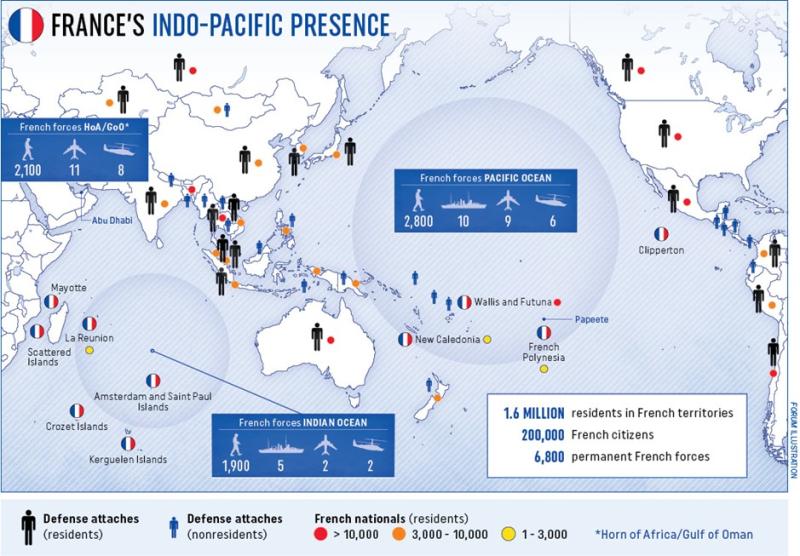
A Short History
When France formally annexed French Polynesia in 1880, the islands’ location made them strategically important for maritime navigation and trade routes. During this period, France established early fortifications and stationed small military contingents to maintain order and protect its interests in the Pacific.
During World War II, French Polynesia played a pivotal role as a military base for the United States and allied forces in the Pacific. After the fall of France in 1940 to Nazi Germany, the islands sided with Free France under Charles de Gaulle. Bora Bora was transformed into a U.S. military base in 1942, hosting over 5,000 personnel and serving as a supply and refuelling station for naval and air operations. Many islanders fought alongside the Allied armies or were employed in other ways as part of the war effort.
The Cold War era saw French Polynesia become central to France’s nuclear testing program. Between 1966 and 1996, the atolls of Mururoa and Fangataufa were used to conduct 193 nuclear weapons tests ranging from 10-100 kilotons in size. While early tests were airborne, after mounting international pressure, in 1975 France transitioned to underground testing. Although the program was marred with controversy, it greatly contributed to the development of France’s nuclear deterrent strategy.
Post 1996, France’s military role in French Polynesia shifted towards regional security and humanitarian assistance. The French Armed Forces in French Polynesia (FAPF) ensured a permanent military presence with a focus on maritime surveillance, disaster response, and regional partnerships.
Military Capability
With the division of responsibility between the French state and the Government of French Polynesia, France is responsible for justice, public order, money, international relations, and defence while the President of French Polynesia is responsible for the overall administration of the territory. Therefore, France is responsible for the Gendarmerie Nationale (the police) and the French Armed Forces in French Polynesia (FAPF).
The FAPF consists of approximately 1,000 personnel, including military, naval, and air force components. Their roles include territorial defence, maritime surveillance, humanitarian assistance, disaster response, and support for local law enforcement. The naval element operates patrol vessels and amphibious ships to monitor the territory’s vast Exclusive Economic Zone (EEZ). The air force component provides aerial reconnaissance and transport capabilities, while ground forces are trained for rapid response to emergencies and security threats. The FAPF also has radar and satellite facilities stationed in the region, enabling effective monitoring and coordination across the Pacific.
During his visit in July 2023, French President Emmanuel Macron highlighted the importance of French Polynesia as a strategic hub in the Pacific. He announced plans to strengthen regional cooperation through existing security partnerships and to increase military capabilities in the region with additional funding and personnel. Local youth were also promised enhanced military-supported training and education opportunities.
In 2019, France released its Indo-Pacific Strategy, which details France’s role as a resident power in the region. The strategy contains four pillars: Military and Defence, Multilateralism and the Rule of Law, Economic Partnerships, and Environmental and Climate Cooperation. As well as increasing military assets in the region, France aims to strengthen partnerships and alliances, particularly with the US, Japan, India, Australia, New Zealand, and other ASEAN countries, and will endeavour to play a leading role in deterrence and crisis response. France has stressed that the strategy is not meant to be confrontational or ‘anti-China.’ It offers a ‘third way’ – contrasting the growing strategic rivalry between China, the United States, and Japan, with diplomacy and multilateralism as prominent themes.
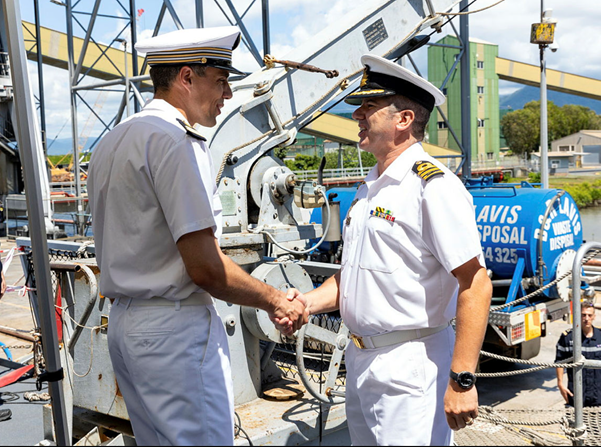
Military Cooperation with Australia
In 2022-23, FAPF participated for the first time in EX PITCH BLACK 22, KAKADU 22, and TALISMAN SABRE 23. FAPF also deployed to Tonga alongside Australian and Fijian forces in support of OPERATION TONGA ASSIST 22. Australia was also the largest contributor after France to the France-led humanitarian assistance/disaster relief Exercise ‘Croix Du Sud’ in 2023. This was the largest iteration in over 20 years (after a five-year break due to the COVID-19 pandemic). Over 3000 personnel from 19 countries participated. In late 2020, defence ties were strengthened further with the establishment of a new Australian Defence Force Liaison Officer to FAPF.
For further information on French Polynesia’s security situation, see the resources below:
Articles:
- Australia and France take part in huge military exercise – ABC News
- https://franceintheus.org/IMG/pdf/Indopacifique_web.pdf
- French, U.S. Marines train together in Tahiti – Indo-Pacific Defense FORUM
- French Maritime Security In The Indo-Pacific – Indo-Pacific Defense FORUM
- Australia strengthens Pacific defence ties with France, both countries want to move on from AUKUS controversy – ABC News
- Japanese Osumi-class tank landing ship Kunisaki joins French drills in Pacific
Know your region
Know Your Region series gives you a shortcut to understanding other nations in the Indo-Pacific region.
